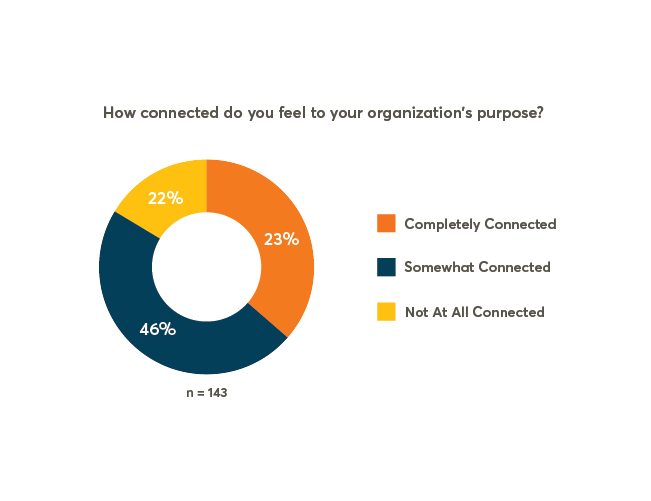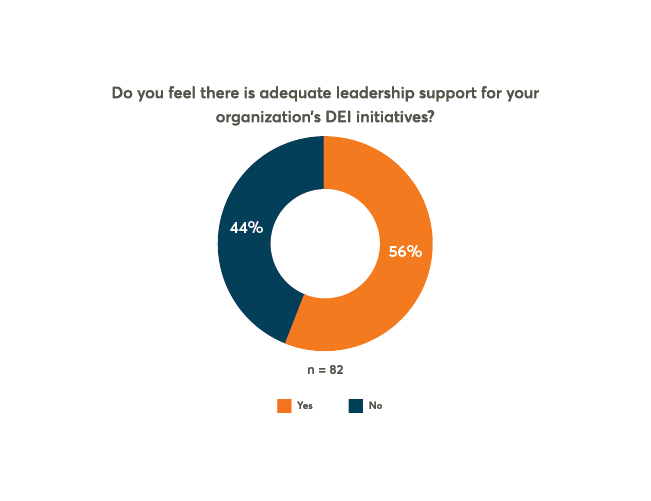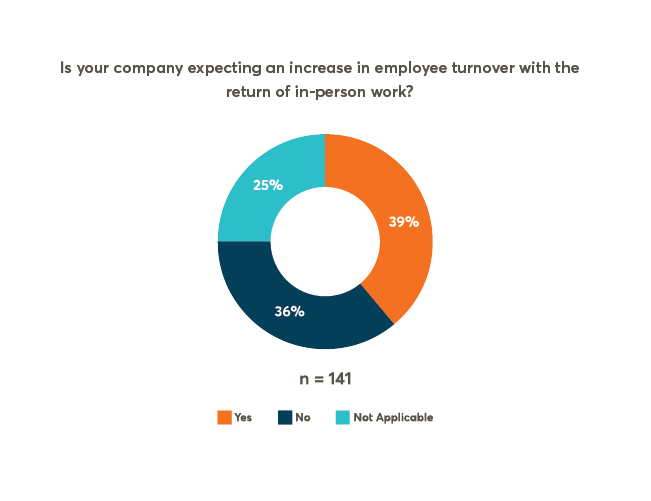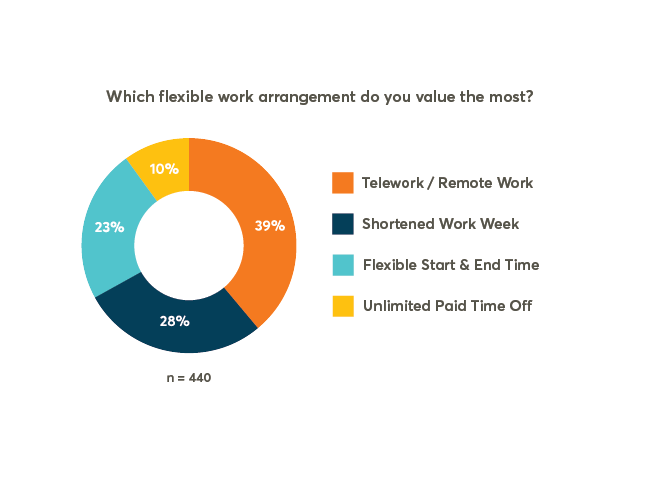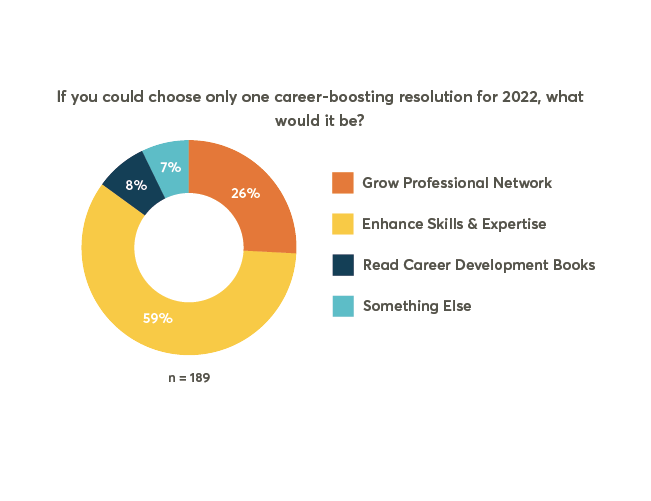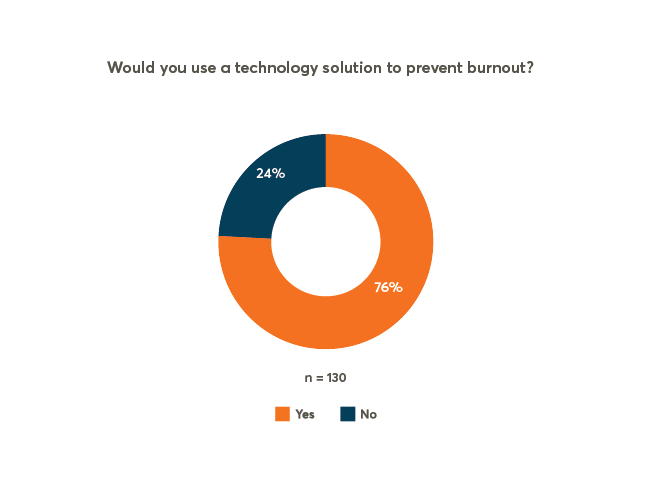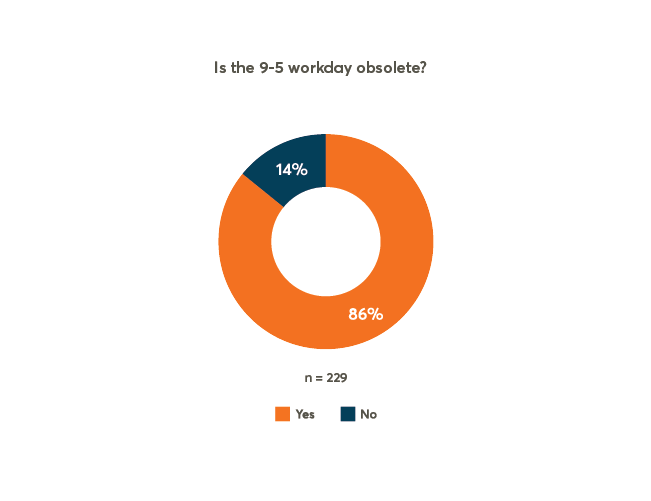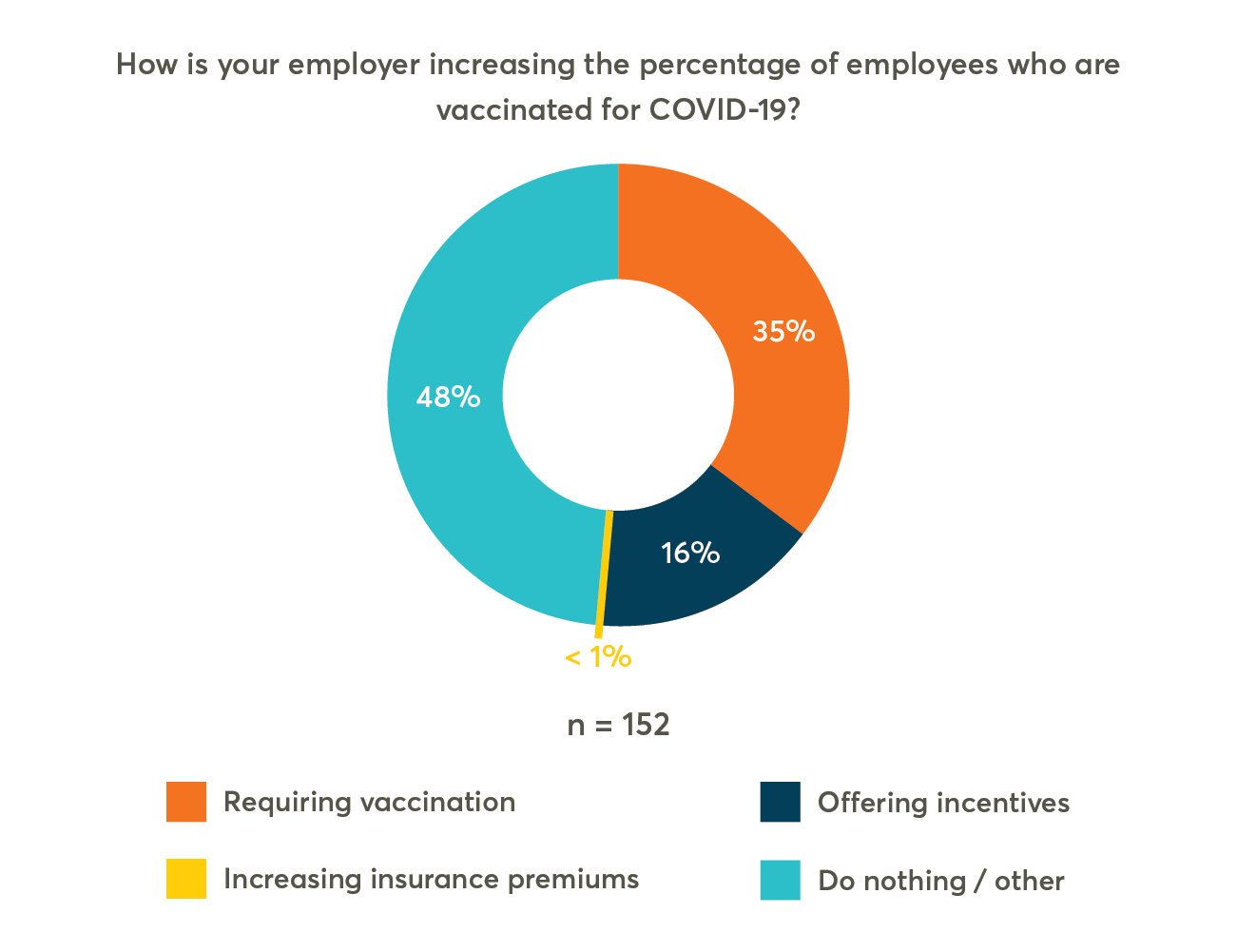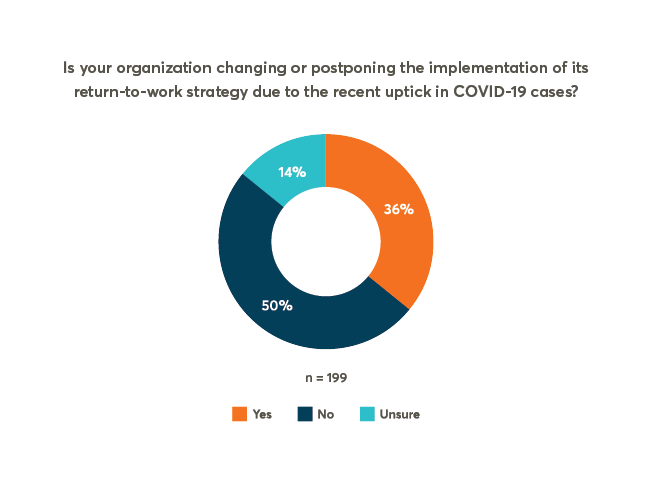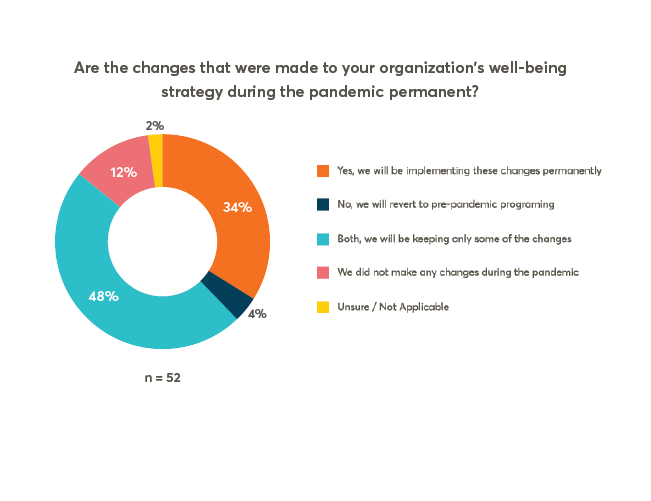In an attempt to attract talent and create strong bonds between employees, companies often brand themselves as a “family.” The hope is that, when viewing their relationships through a familial lens, employees will be more respectful, empathetic, caring, supportive, and loyal.
The viability of this strategy depends on how employees feel about it. To gain a sense of the general sentiment towards the workplace family model, Wellable asked the large, growing, and dedicated community of human resources and wellness professionals subscribed to the Wellable Newsletter whether they think organizations run better when employees think of themselves and colleagues or as family. Nearly two-thirds (64%) of respondents stated that professional relationships are better for business than familial ones.
Do organizations run better when employees think of themselves as “colleagues” or as “family”?
Given that a substantial majority of working professionals feel that the family brand is not likely to help an organization run better, companies should take a step back and re-examine its utility.
Problematic Family Norms
Familial relationships come with a wide range of rules and expectations that govern how family members interact with and feel about each other. Though many of these norms can bring about positive changes in corporate settings (e.g., an increased sense of belonging and loyalty), they can also support a variety of unhealthy habits that are likely to undermine several organizational goals.
- Parental norms: In family cultures, team leaders are the metaphorical parents. Because of this, employees may feel that their bosses can’t fire them. Similarly, although the possibility of being let go is minimized, employees may feel additional pressure to abide by a team leader’s “parental authority,” even when the ask is unreasonable.
- No-tattling norms: Family members are often expected to do what is best for the family, even if this means covering up bad behavior. One study has found that this norm becomes activated in family cultures. Specifically, they found that workers are much more likely to keep quiet about a colleague’s misbehavior when they feel like family. The research team speculates that when employee relationships are seen as more familial, workers become increasingly concerned about the negative impact of reporting the wrongdoer’s misdeeds, especially when they have expressed remorse.
- Conformity norms: Family members are often expected to follow in their parent’s or sibling’s footsteps, carry on longstanding traditions, espouse certain values, and adopt specific ways of thinking. Though this can help companies form a strong organizational culture (i.e. a culture whose norms, values, beliefs, and behaviors are widely adopted), strong conformity norms can feel oppressive, prevent growth, and stifle innovation.
Of course, family norms vary significantly from one family to the next. As a result, whether or not the rules and expectations mentioned above will pose a problem for any company that utilizes the family approach will depend on the specific experiences and associations that employees have with familial relationships. That said, the parental, no tattling, and conformity norms are relatively common. Because of this, they are likely to negatively impact a significant portion of organizations that encourage their employees to think of each other as family members.
Alternative Frameworks
Given its significant drawbacks, employers may be inclined to give up the workplace family culture. However, they may hope to retain some of the benefits of the family model. To satisfy this goal, companies will need to implement a different framework that unites and aligns employees without encouraging them to follow the problematic family norms.
Workplace Teams
At least two alternatives have been identified as offering the benefits of the workplace family culture without the drawbacks. In the first model, employees are encouraged to consider themselves as teammates. Because a common goal unites teams, this mindset helps bind employees together under a shared purpose. At the same time, the team mentality avoids the problem of parental authority norms. The symbolic parents get replaced by coaches who retain the authority to let employees go while being more open to suggestions and criticism. Similarly, while team members must conform to the shared goals, they are less restricted when it comes to how they achieve them and are more likely to innovate and grow.
Workplace Crews
Teams come with their own set of downsides. As Forbes Council Member Matt Malone states:
In an environment that’s strictly team-based, business loyalty could suffer. Even in sports, players change team loyalty based on their contracts. Without a strong bond, communication may falter, and employees may be less willing to hash things out.
Organizations can try out a crew-based approach to retain the advantages of teams and family frameworks while avoiding their drawbacks. The term “crew” is often used to refer to any group of individuals working together to achieve a common goal. It also describes a band of friends united by their social connections. As such, the workplace crew model shares with team model the ability to link employees through a common purpose. In addition, crew-based relationships can enhance communication and strengthen social bonds. Moreover, while employees in a crew may face some pressure to take on their organization’s norms, values, beliefs, and behaviors, the expectation is not nearly as strong as it is in the family framework. In fact, crews often thrive on diversity in thought, background, and experience. In several respects, then, the workplace crew may offer the best of both worlds.



